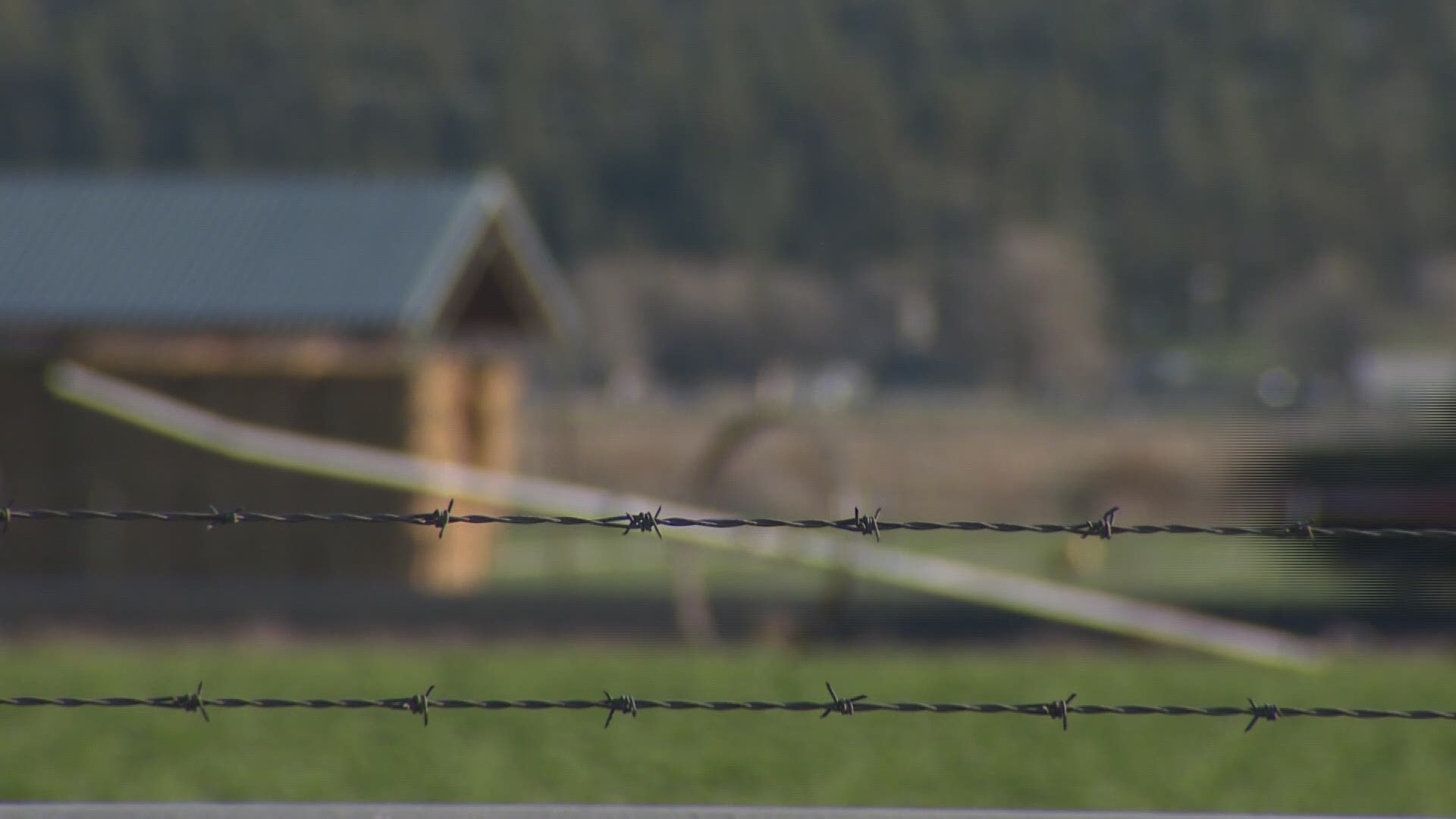PORTLAND, Ore. — Prineville Mayor Steve Uffelman didn’t have an answer for the man on the phone. The local resident fought back tears as he described to the mayor the frustration of trying reach state unemployment offices.
The rural community in central Oregon has seen most local businesses close and widespread layoffs due to state-mandated stay at home restrictions.
“We need help and it’s not coming,” said Uffelman.
Prineville, a town of roughly 10,000 people northeast of Bend, has suffered deeply from a virus it’s largely avoided. Crook County has only one confirmed case of COVID-19, reported on April 3.
In rural Oregon many residents are wondering if it’s time to lift stay-at-home restrictions for certain parts of the state.
“At what point are we ruining our economic future for a public health problem that doesn’t seem to be a problem in Crook County?” asked Bryan Iverson, Prineville resident and small business owner.
Residents and local leaders seem to understand the severity of coronavirus and the importance of slowing the outbreak but they question whether the same rules need to apply to rural communities and harder-hit urban centers.
“I don’t think it’s right for us to take one rule and make it the same for everyone,” explained Kimberly Dellinger, small business owner and Prineville resident.
In Oregon, coronavirus illnesses and deaths have been overwhelmingly concentrated in cities and suburbs. Rural residents benefit from isolation and less density. Neighbors are separated by acres in the countryside.
“We’re not living on top of each other. We have land. We’re already social distanced,” explained Dellinger.
Health experts warn even in places where there’s lots of space, such as rural Oregon, there are still locations where people can easily spread the virus like restaurants, grocery stores and movie theaters.
Additionally, an infected person from outside the area could visit a small community gathering spot or event, causing case totals to spike.
For example, rural Blaine County, Idaho saw a surge in cases thanks to infected tourists at a ski resort.
Despite having just one case of coronavirus and no deaths, Prineville is facing hard times.
Some of the town’s largest employers, like Les Schwab Tires, have furloughed employees. Most small businesses have temporarily closed. The mayor fears some local stores and restaurants may never come back.
“Here it’s pretty much individual mom-and-pop style businesses,” explained Uffelman. “They don’t have the depth of pocketbooks. They don’t have the reserves.”
Government relief, small business loans and grant money has been slow to arrive, explained Uffelman.
For small businesses in rural Oregon, the losses are more pronounced. Just a few customers coming in the door can make the difference, explained Bryan Iverson, owner of Foundry Four Coffee + Whiskey in Prineville.
“If we see 40 or 50 customers a day that’s a good day for us, where in a place like Portland or Eugene they’re seeing that every hour,” explained Iverson, who has temporarily closed his shop and event venue.
Several stores and restaurants in Crook County are trying to survive with take-out or curbside delivery. But other business owners, including Iverson, have determined it’s just not sustainable.
The saving grace may be Prineville’s new, high-tech neighbor: Facebook. The social media platform operates a massive data center on the outskirts of town. Facebook has provided grant money for local businesses.
Additionally, Facebook has provided Chromebook computers for students in the community and outfitted Crook County School District school buses with WiFi. While classrooms are closed, the district parks its school buses at various locations around the county to provide students with access to the internet.


“I’ll drive by and see cars and lounge chairs sitting out,” explained Dr. Sara Johnson, superintendent of Crook County School District.
Johnson estimates roughly 25% of students in Crook County don’t have reliable internet access at home.
“Our ability to serve students with this technology is based on community support,” said Johnson.
Prineville residents admit these challenges have made this tight-knit community even stronger, but there’s still uncertainty.
“When will it end? Can we plan on 30 days?” asked Iverson. “Can we even make it 30 days?”
Oregon Governor Kate Brown said she won’t reopen Oregon’s economy or ease restrictions until she sees a declining rate of active cases of coronavirus and public health data suggests a return to normalcy is safe.
“Reopening Oregon is not a process that will happen overnight or statewide all at once,” said Charles Boyle, press secretary for governor Brown.
Boyle explained the governor will consult with local leaders to make sure policies are implemented correctly.
“Health outcomes will be the ultimate metric guiding decisions to reopen communities—we will only reopen Oregon if the data shows we can do so without jeopardizing public health,” said Boyle.
For some rural residents, a decision to lift restrictions can’t come soon enough.
“Our small, rural communities are struggling,” said Mayor Uffelman. “We will come out of this but we will be different.”

